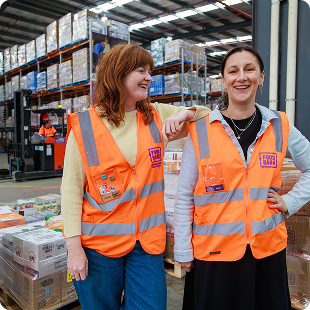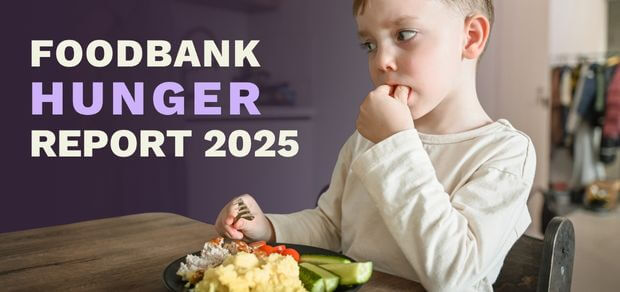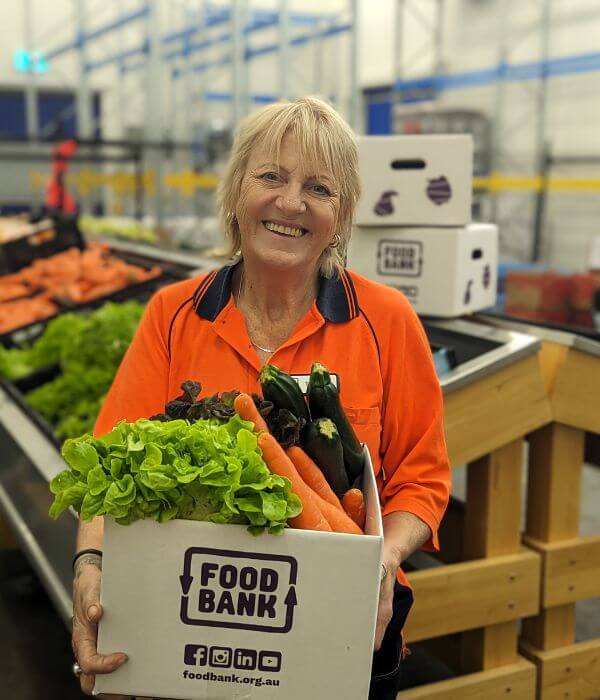The Foodbank Hunger Map
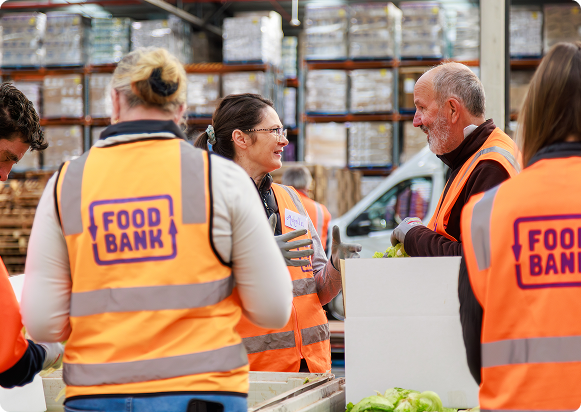
About the map
Foodbank Australia’s Hunger Map provides a geo-spatial picture of food insecurity, highlighting where need exists and where relief is delivered. It is a strategic tool for advocacy, planning and investment—identifying unmet need, assessing service capacity and guiding new infrastructure. This enables Foodbank to prioritise resources and expand its reach to better support Australians experiencing food insecurity.
Our Approach
The Foodbank Hunger Map models the relationships between community attributes and food insecurity using a data lake of 70+ datasets and 8,500 data points. Cluster Analysis defines Hunger Segments, with survey data from the annual Hunger Report determining their food relief needs. The food relief sector’s supply volumes are then mapped to receiving charities and a gravity model applied to predict how food is distributed across agencies.
The Foodbank Hunger Map
The public version of the map currently displays data at three geo-boundary levels.
- National: Percentage (%) and Number of Food Insecure Households
- State & Territory: Percentage (%) and Number of Food Insecure Households
- Statistical Area Level 4 (SA4): Percentage Range (%) and Number of Food Insecure Households
Accessing Further Information
If you are interested in accessing further information beyond what is currently publicly available on our website, please fill in the form below and our team review your request get back to you as soon as possible.
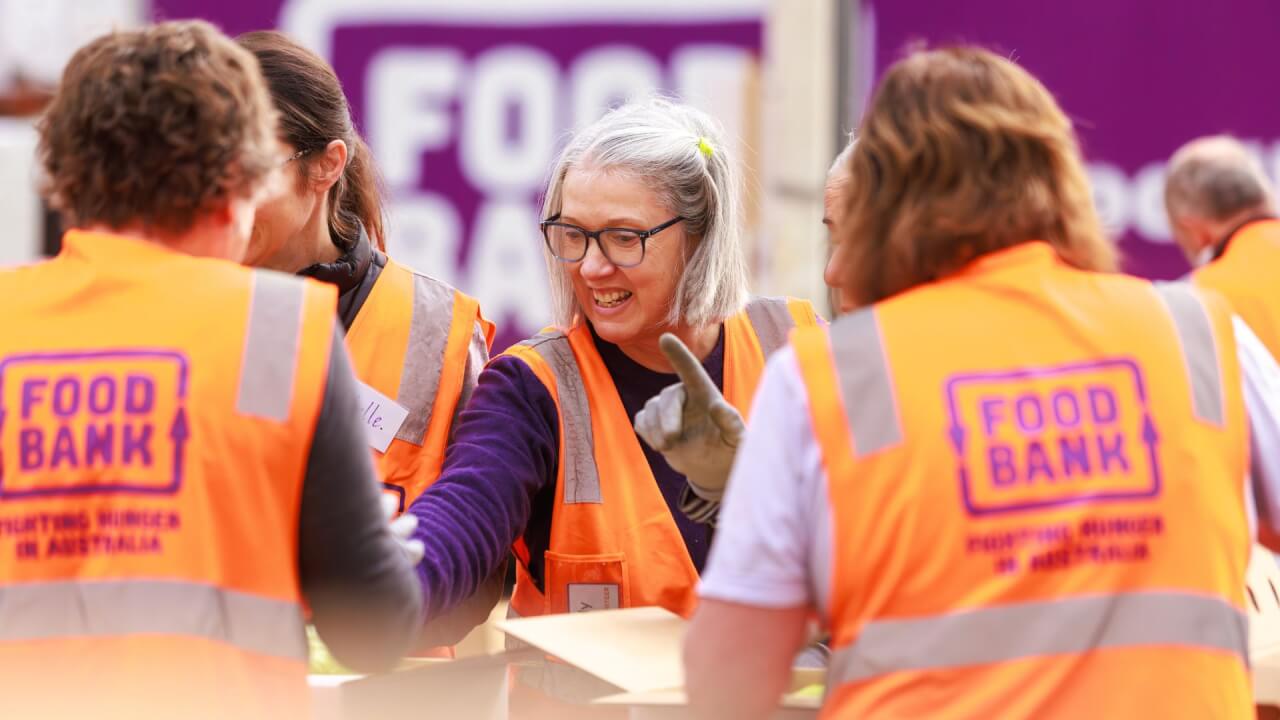
Methodology
To view our methodology click the button below. If you are interested in accessing further data beyond what is currently publicly available on our website, please contact Foodbank Australia at research@foodbank.org.au.
Download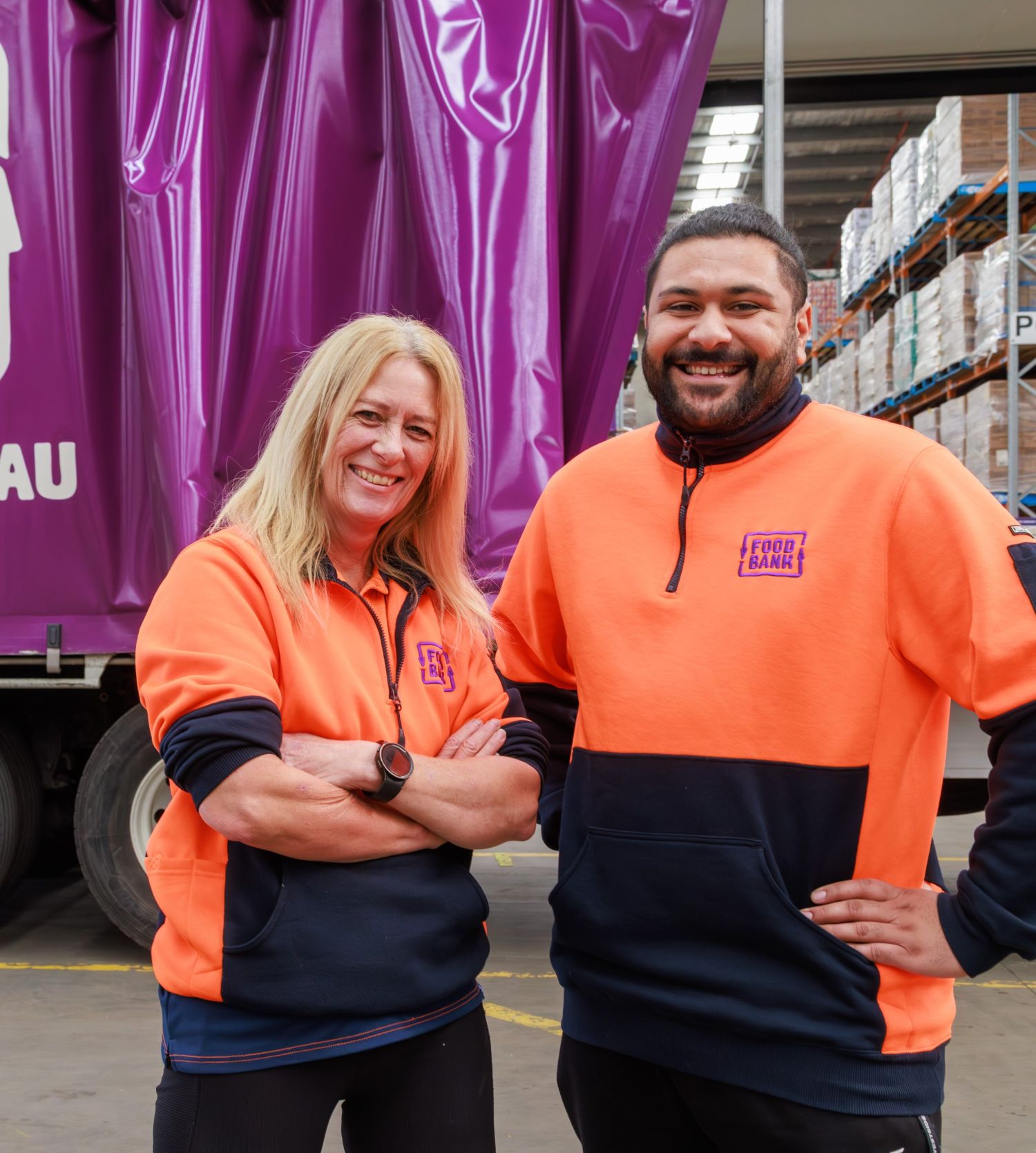
FAQs
Food Security Spectrum
Food Secure
1. High Food Security (highly food secure)
- Households have no problems with access to food.
- Consistently able to afford, access, and eat nutritious meals.
2. Marginal Food Security (marginally food secure)
- Some concerns or anxiety about running out of food.
- Food supply is stretched at times, but diets and meal sizes are not substantially reduced.
Food Insecure
1. Low Food Security (moderately food insecure)
- Households reduce the quality, variety, or desirability of their food.
- Diets may rely on cheaper, less nutritious foods.
- Food intake (amount) is usually maintained, but nutrition suffers.
2. Very Low Food Security (severely food insecure)
- Disrupted eating patterns and reduced food intake.
- People may skip meals, cut portion sizes, or go whole days without eating due to lack of money or resources.
The metadata document can be downloaded here
Licensing and Attribution
All publicly available Foodbank Hunger Map content and associated data are the intellectual property of Foodbank Australia.
The Foodbank Hunger Map content and data is licensed under a Creative Commons Attribution-NonCommercial-NoDerivatives 4.0 International (CC BY-NC-ND 4.0) license . Users must ensure that all use of Foodbank Hunger Map content is done within the limits of this licence.
Under this license you are free to:
- Share – copy and redistribute the material in any medium or format.
- Under the following terms:
- Attribution – You must give appropriate credit to Foodbank Australia (e.g., “Foodbank Australia, Hunger Map, [Year]”), provide a link to the license, and indicate if changes were made.
- NonCommercial – You may not use the material for commercial purposes.
- NoDerivatives – If you remix, transform, or build upon the material, you may not distribute the modified material.
Important note: This license applies only to the datasets and visualisations displayed publicly on the Hunger Map platform. Any additional, unpublished, or customised datasets provided by Foodbank Australia (for example, in response to a formal request) are not automatically covered by this license and may be subject to separate terms and conditions.
Acknowledgement
The Foodbank Hunger Map was enhanced through a co-investment partnership with the Australian Research Data Commons (ARDC) (DOI: 10.47486/DC107). The ARDC is enabled by the Australian Government’s National Collaborative Research Infrastructure Strategy (NCRIS).

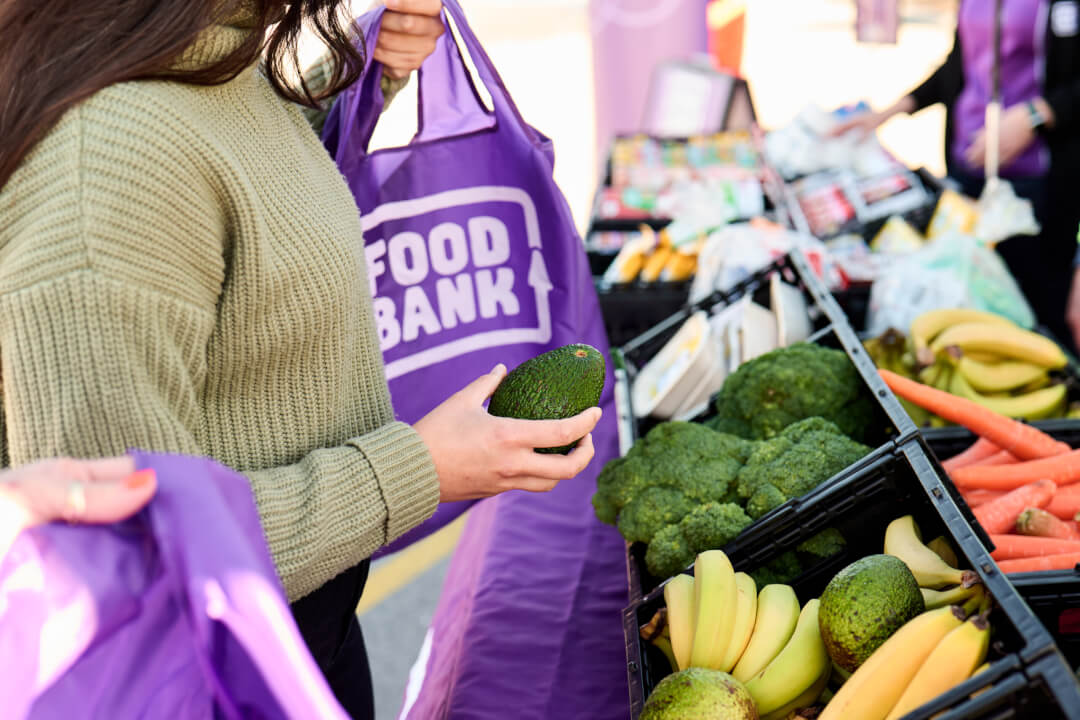
More research & reports
Foodbank conducts a number of surveys annually including individuals experiencing food insecurity, charities and donations.
Read more Log in
Log in